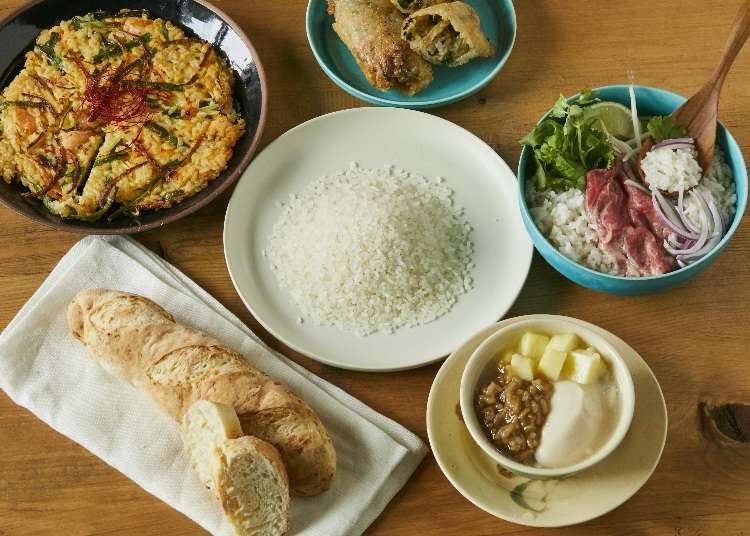
The deliciousness of Japanese rice: A flavor born of artisan perfectionism
Rice is Japan’s staple food. Rice cultivation is thought to have begun in Japan some 3,000 years ago, during the Jōmon period. With temperate, rainy weather, and lots of soil great for making rice paddies, rice cultivation has always thrived in Japan.
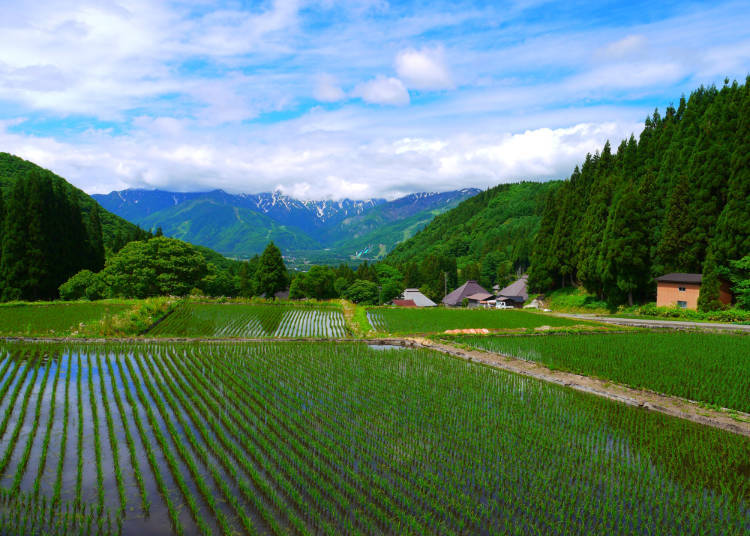
But growing rice takes a lot of work: one must plant their rice, weed their fields, then harvest and thresh the fine crop. With rice cultivation at the center of human lives, it fostered a culture of teamwork in agricultural communities. During the Edo period, annual taxes were paid in rice, and it was valued as currency. The people with the most rice had prosperity and power.
Later in the early Meiji period with the implementation of coinage, rice settled as a purchased product, rather than purchasing power. In the wake of World War II, rice shortages spurred the improvement of rice strains to increase harvests.
After that, bread and noodles joined rice to become staple foods in Japan, and the goal of rice improvement tilted towards creating more delicious rice. With that goal in hand, producers have since then aimed ever upward for rice quality and cultivation technology.
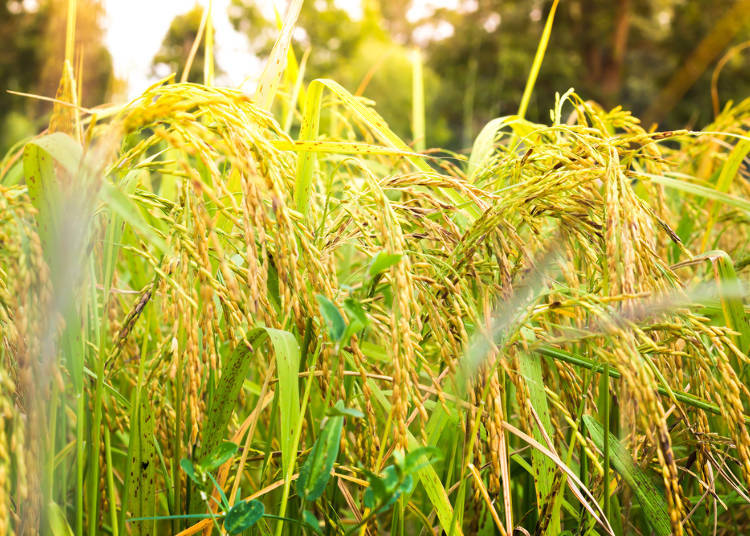
Thus Japan's rice is delicious thanks to its land, clean water and air, and the passion of agricultural experts. Steps to preserve taste continue after the cultivation process, with strict grading and careful storage. You might say it's Japanese attention to detail that guarantees the flavor.
Create new spins on dishes from your own country using Japanese rice
Around 900 varieties of rice are cultivated in Japan, with around 290 of them being produced for direct consumption. These varieties are collectively known as Japonica rice. The islands of Japan stretch long from south to north, and each region grows rice suited for their environment. Japonica rice grains begin rounded and elliptical, and gain soft fluffiness and sleekness once cooked. They also become sticky and release sweet flavors when chewed.
In Japanese cooking, rice is often eaten separately from other ingredients to enjoy its natural flavor, and other recipes like rice balls and sushi perfectly represent its characteristics.
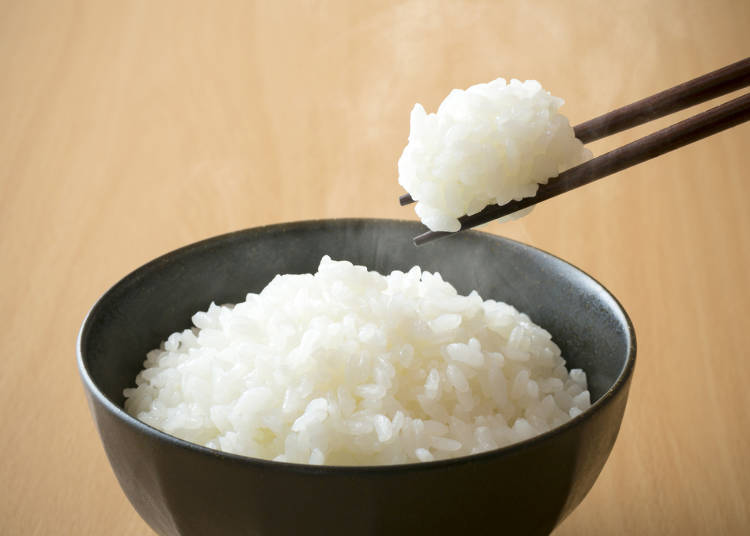
In recent years, more and more people around the world are seeking Japanese rice to eat in their home lands after trying it. It's delicious eaten alone, of course, but let's take a look at a few recipes from around the world modified to use Japanese rice. We'd love for you to try these recipes out yourself!
1. French-Inspired Fusion: French Bread + Rice
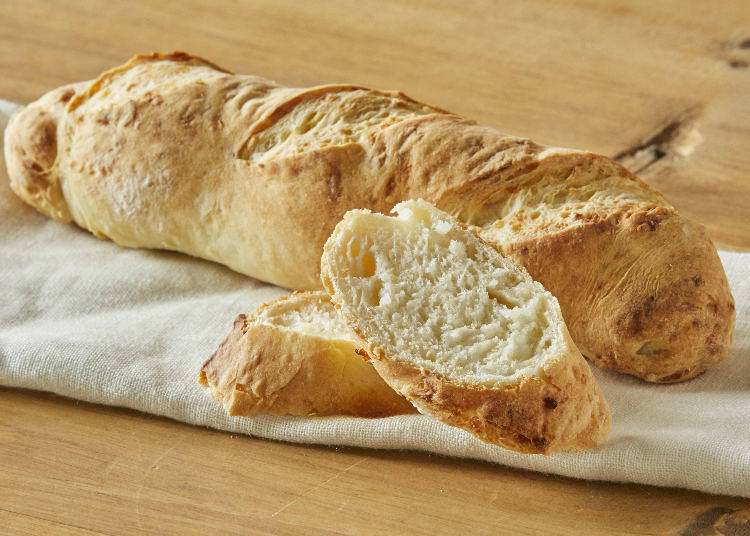
For our firs…

